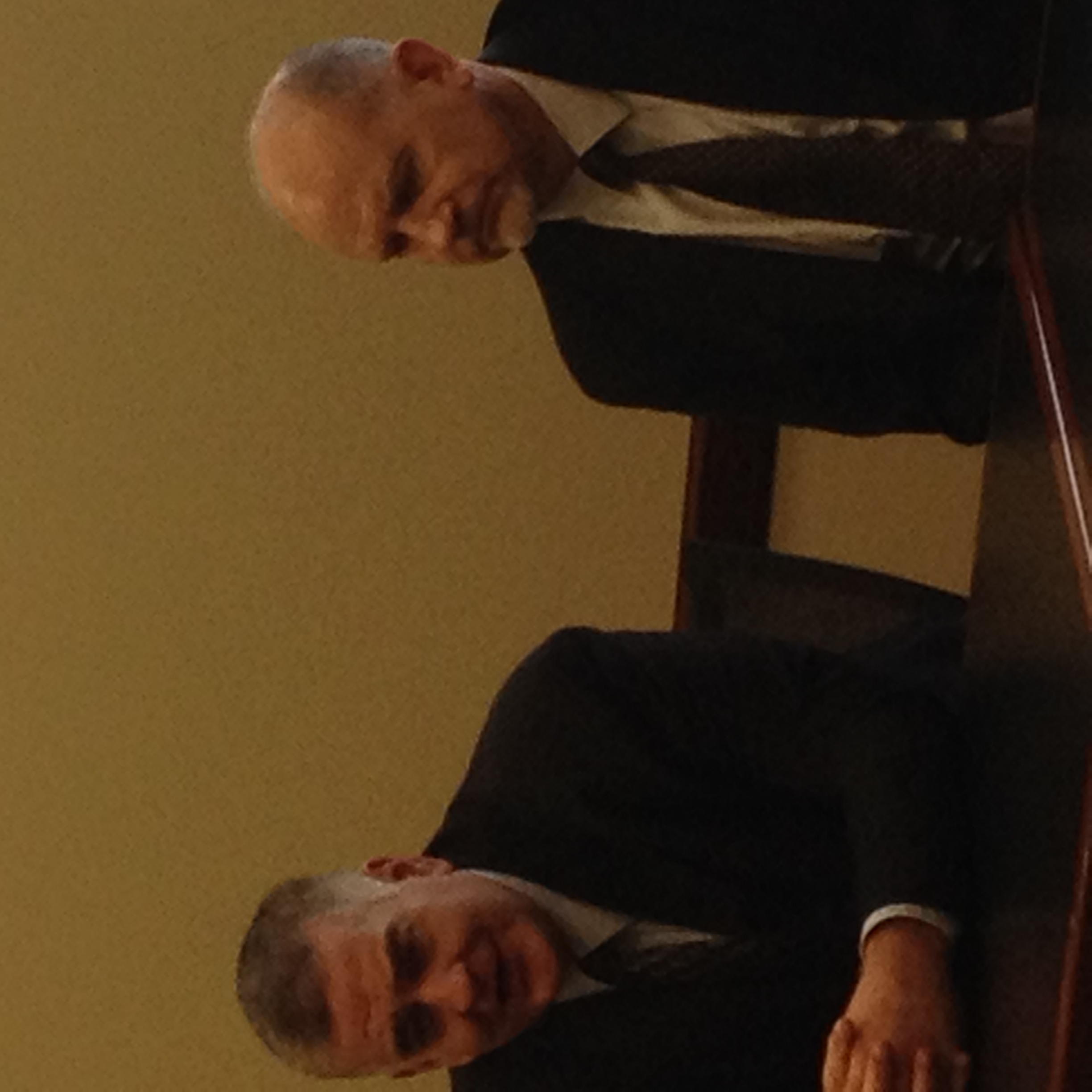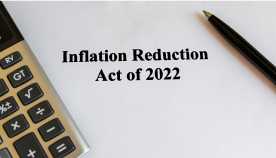AARP Eye Center

The Cost of Retiring Poor: Nearly 1 in 5 Utahns Will Reach Retirement age with More Debt than Cash and Savings
Increasing Net Worth Among the Least Prepared for Retirement by $14,000 Over Career Would Save Government $194 million
New research by Notalys LLC shows that modest increases in net worth among those who save the least for retirement would greatly improve retirement readiness and reduce government expenditures on public assistance programs. The research was commissioned by AARP Utah.
The research shows dramatic reduction in government outlays with a minimal increase in a worker’s savings:
Increasing net worth among the bottom one-third of retirees by just 10 percent over the worker’s career would decrease government outlays by more than $194 million over the next 15 years;
- Nearly one of five retirees in the next 15 years will retire with negative liquid assets (i.e. more debt than accessible cash and savings on hand);
- Nearly one in ten new retirees qualifies for more than $2500 per year in direct government assistance;
- Total government outlays for new retirees will top $3.7 billion over the next 15 years;
- 73 percent of total government outlays are expended on one-third of the retiring population.
- The cumulative growth of retirement-age Utahns over the next 15 years is more than 457,000 additional retirees.

Over the next 15 years nearly half a million Utahns will reach retirement age. For many, the majority of their personal net worth is tied up in their own home. As such, these retirees will likely retire without adequate and accessible financial resources for retirement.
The Impact of Retiring Poor: Using the national Survey of Income and Program Participation and the American Community Survey, Notalys researchers investigated the total impact of new retirees who leave the work force without sufficient savings on direct beneficiary spending for six popular federal and state public programs. [1] A statistical model of net worth predicts that in Utah, 18% of workers will retire with more debt than accessible savings. While several public programs exist to assist poor retirees, 73% of resources are diverted to just one-third of the retiring population.
They conclude that modest increases in net worth among the least prepared for retirement can have a substantive impact on expected government outlays. If the one-third least prepared saved an additional $14,000 over their entire career—just 10% of their net worth—they could decrease dependency on government programs by about $194 million. Policies that encourage savings will save taxpayer dollars and improve retirement readiness.
These results provide considerable evidence that helping workers save during their career will sharply reduce government spending for retiree benefits. AARP Utah will be working with legislators during this legislative session to lay the groundwork for creating more vehicles for workers to save toward retirement through their workplace.
[1] Programs are: UT Property Tax Abatement, UT Retired Tax Credit, Medicare Cost Sharing Program (UT Medicaid), HEAT, Supplemental Security Income, and SNAP.























































